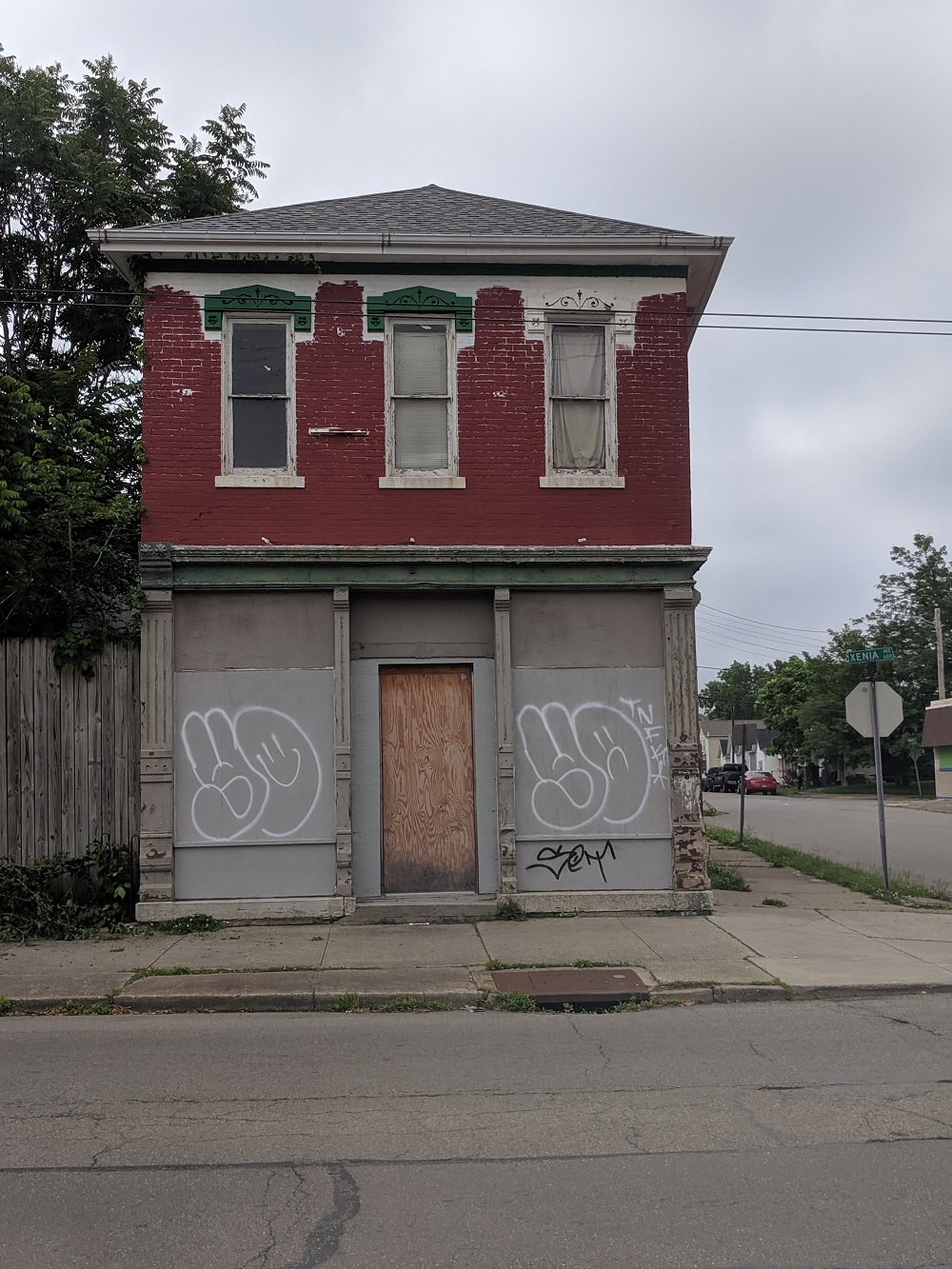
For Steven Dillhoff, the Xenia Avenue corridor holds a special significance.
His mother grew up on Xenia Ave and his father a couple blocks away on Church Street, and they told him stories about how vibrant and bustling the neighborhood once was.
“Everything you needed was in 6 blocks,” he explains. “You had bowling alleys, you had movie theaters, you had grocery stores, you had your church, you had your school, you had restaurants, you had everything.”
But Dillhoff’s interest in Xenia Ave is much more than an exercise in family nostalgia.
The area has lost much of its vitality in recent decades, so he’s hard at work on rehabbing a historic building at 600 Xenia Ave with the goal of turning it into a neighborhood staple.
In addition, he’s involved in a broader initiative to bring new jobs and small businesses to the entire corridor.
600 Xenia Ave
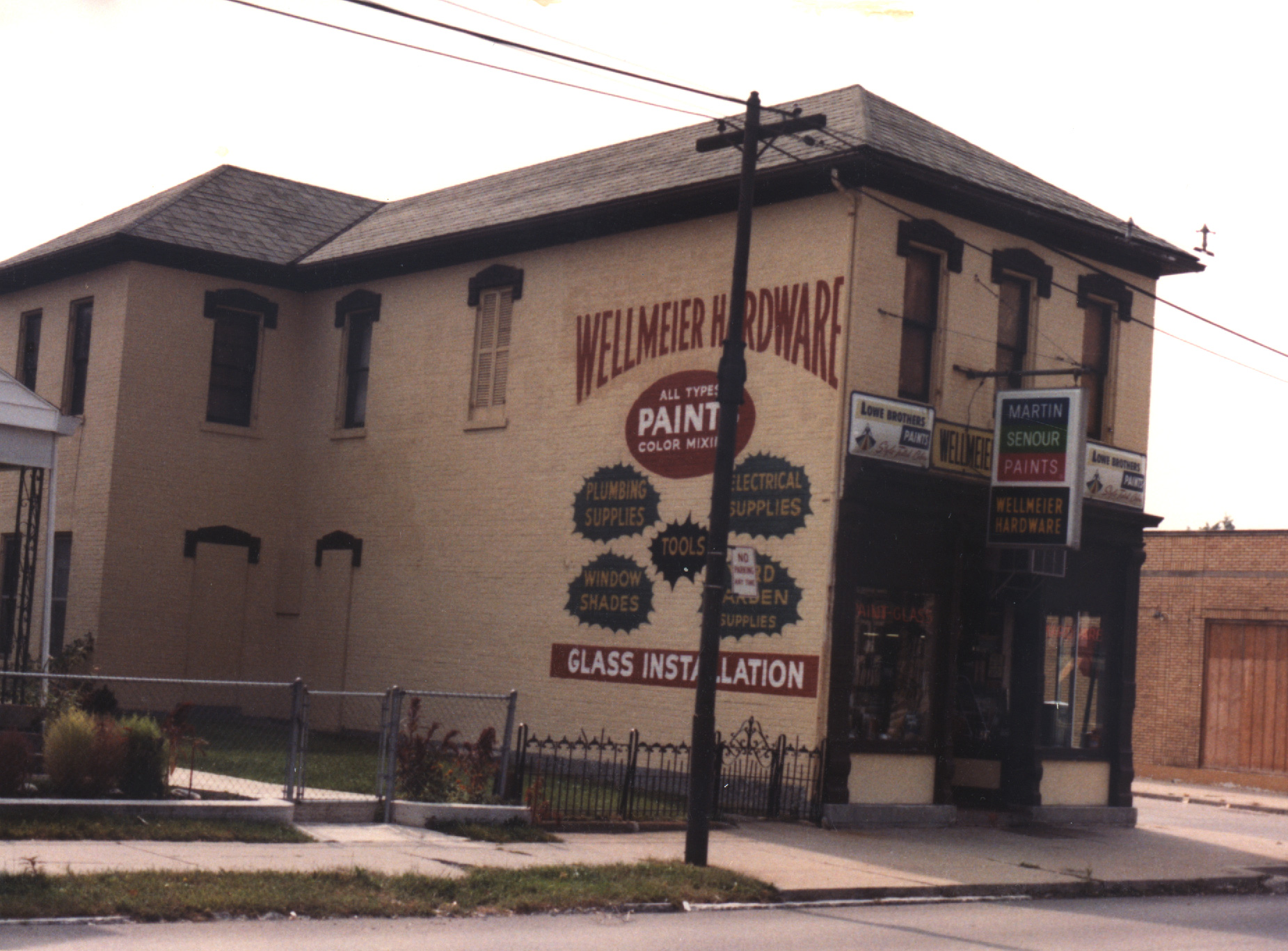
The building at 600 Xenia Ave likely dates back to the 1870s and was the home of Wellmeier Hardware for over a century.
Dillhoff purchased it and has embarked on a major renovation project with an eventual goal of a café on the first floor and two one bedroom apartments upstairs.
“The plan is to give people a place where they can gather for food and drink, share stories with each other, laugh and maybe even cry together,” he says.
“A place where the whole neighborhood can come and help each other.”
Those gatherings may be after church–the site is catty-corner from the most iconic structure in the Twin Towers neighborhood, St. Mary’s Catholic Church–or on any normal day during the week.
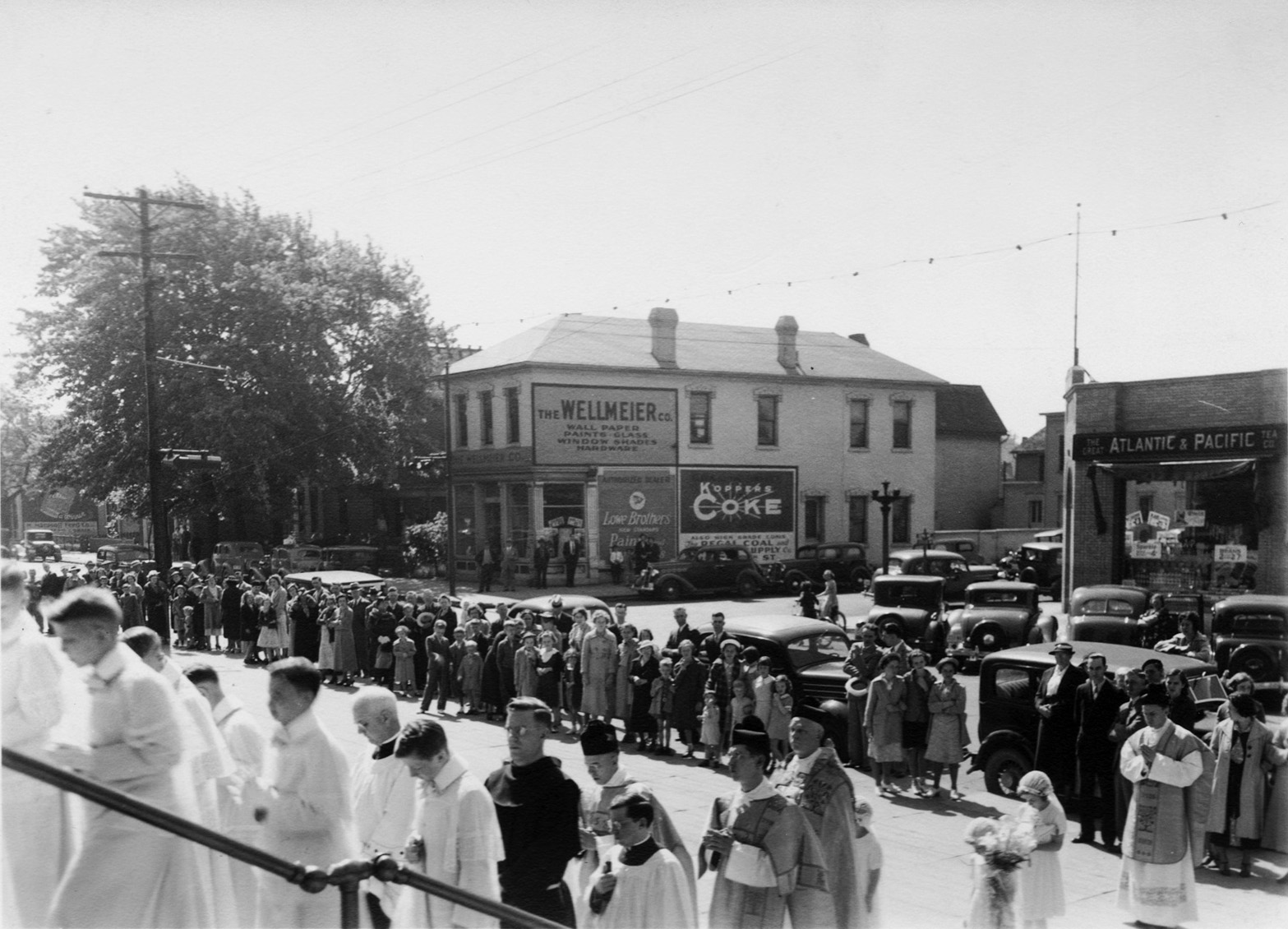
Currently, interior demolition is complete and Dillhoff is waiting on construction permits to be approved.
He is hoping to find a partner to run the café and will work with that person on rent while the business gets off the ground.
The Xenia Avenue Project
Beyond the individual building project, Dillhoff is involved in a larger effort with the goal of bringing 100 new jobs into the neighborhood.
He hopes to accomplish this by working with small businesses and collaborating with other stakeholders including investors and existing nonprofits in the area.
Called the Xenia Avenue Project, the effort is an incremental approach to strengthening the corridor that could end up having a major impact.
“If we can get 15-20 small business going down there at 3-5 jobs per business, that starts to get us there,” Dillhoff says.
Many of the envisioned projects are relatively small in scale like 600 Xenia Ave, but there are also a few larger targets in the corridor including the former Coca Cola and Unger manufacturing buildings which could attract larger tenants.
“Other buildings are in the pipeline,” he said, adding that a new small business recently moved into a building in the 800 block.
Dillhoff is quick to point out that the nonprofits and other organizations on Xenia Ave have been at work for a long time and have made significant positive impacts on the area, but that these projects will add a new layer to the area’s renewal.
He also takes inspiration from one longstanding Xenia Ave business that has survived to the present day, Smales Pretzels.
“I hear stories of people who have been going to Smales for decades. The goal is to see if we can collaborate.”
Decades ago, Lou Wellmeier of Wellmeier Hardware observed the detrimental effect of some major urban projects on the Xenia Ave corridor.
“The construction of US 35 really cut off much of our business,” he said.
But today Dillhoff credits city staff with giving him helpful advice as he navigates the challenge of repurposing an older building, and also pointed out a potential future city project to add bike lanes to Xenia Ave.
Interested Daytonians call follow along with the progress of the 600 Xenia building and the Xenia Ave Project on Facebook and at https://xeniaavenueproject.com/
Those who wish to help offset construction and startup costs can purchase a subscription to the future café which allows them to enjoy food and drink there as soon as it opens.
For prospective backers who may not be able to come down and use their vouchers in person, Dillhoff encourages donating to pre-sale lunches that would eventually be given to local organizations including Ruskin school, St. Mary’s and New Hope Churches, and East End Community Center.
“I would love to see us be able to ‘adopt’ a lot of teachers where they can grab a cup of coffee,” he says.
“Right now there’s really no place around there to get a coffee, and this is 4 blocks from the school.”
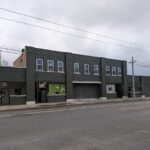
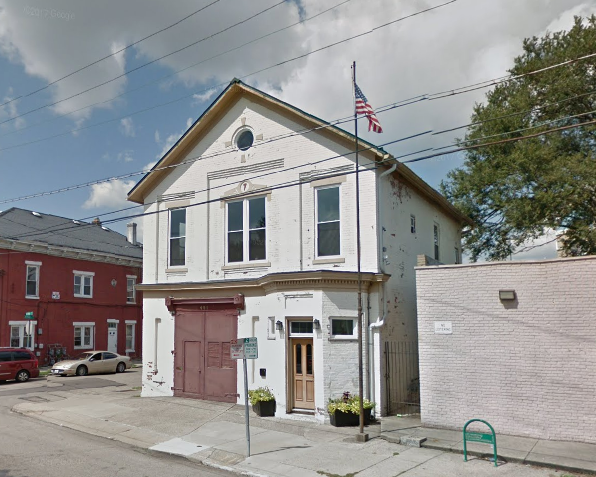

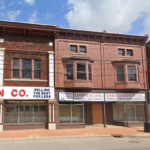
Thank you…very interesting. John
I don’t know how much influence the City has over things like this, but I think it would be very helpful to the Xenia Avenue corridor if Steve Whalen Blvd was reconnected with Xenia instead of passing over on a bridge. It would go a long way toward improving connections into a relatively impenetrable neighborhood.
Excellent idea. Give the land back along Xenia Ave, that was taken to construct the ramps that were built for access to 35 (the eastbound ramp was a flyover). Someone might be able to construct some of the residential back that was there now that the ramps have been removed and access to 35 is now further north from Whalen. Sad to see what 35 did to our neighborhoods!